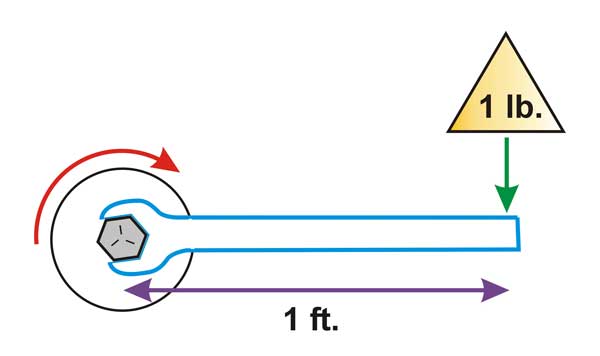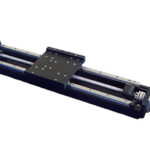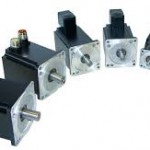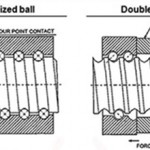While much of the terminology in engineering and automation is standardized, some words are still widely misused, especially when different terms apply to similar principles. And the fact that a term may have different meanings in different disciplines (i.e. physics vs. engineering) makes it difficult to know which word is the most accurate and appropriate for a given scenario. Here we try to clear up the confusion between pairs of engineering terms with similar meanings.
Stiction vs. Friction
Most engineers are familiar with the two types of friction—static and dynamic—that work against the relative motion of two bodies in contact. Static friction acts on bodies at rest and prevents motion until the applied force overcomes the force due to static friction. Dynamic friction is experienced once the objects begin to move relative to each other.
When discussing stiction, this distinction between static and dynamic friction is important, as stiction is related to static friction. It is the sum of the static friction forces in all the moving components of the system. In other words, stiction is the total static friction that must be overcome in order to cause motion in a body at rest.

Image credit: Newport Corporation
When a force is first applied to a stationary system, the static friction forces in the moving components (such as screw and nut assemblies and motor bearings) prevent any motion. But as the applied force is increased, it will eventually reach a threshold where it overcomes all of the static friction forces, and the system will begin to move suddenly, causing an overshoot in position (and/or velocity). This is an effect of stiction.
Backlash vs. Hysteresis
Backlash is the lost motion that occurs due to clearance between mating components when their direction of travel is reversed. An example of backlash in linear motion is the clearance or “play” between meshing gear teeth or between a nut and a screw.
The term hysteresis is often used to describe the behavior of electrical, rather than mechanical, systems, but it does have a place in linear motion. One of the most common examples of hysteresis comes from magnetics. When a material such as iron is magnetized by an external field, the magnetism of the iron lags behind the magnetizing force. When the field is removed, the iron will retain some amount of magnetization. This effect is often shown by a closed curve called a hysteresis loop, which plots the magnetic induction of the sample versus the magnetic field.

Image credit: coolmagnetman.com
In linear motion, hysteresis refers to the overall response of the system to a change in direction and is caused by elastic forces within the components. Hysteresis causes a non-linear response and is present to some extent in all mechanical systems.
Torque vs. Moment
Both of these engineering terms are used extensively in linear motion and motion control, and they’re often used interchangeably. But whereas torque is a type of moment, a moment does not necessarily produce torque.
A simple way to distinguish between the two is that moment is a static force and torque is a dynamic force. Torque causes a change in angular momentum (i.e. rotation) and produces a turning force about an axis. Moment is the tendency of a force to cause rotation about a point but does not cause a change in angular momentum.

In linear motion, a moment is induced, for example, when a force is applied to a linear guide at a distance offset from the bearing’s center. The guide experiences this moment (force at a distance) but it does not generally rotate. In contrast, a ball screw rotates when torque is applied to its shaft.
Accuracy vs. Repeatability
The general definition of accuracy is, “the degree to which a measurement, calculation, or specification conforms to the correct or known value or standard.” In the context of linear motion, accuracy means the degree to which a system’s final position matches the commanded position. Stiction can have a negative effect on accuracy by causing a system to overshoot its target position.

Image credit: Fluke Inc.
Repeatability is the ability of a system to return to the same position multiple times under identical conditions and is often influenced by backlash in the system. This is why systems with preloaded components (where backlash is eliminated) have better repeatability than non-preloaded versions. Even if accuracy is low—that is, the system doesn’t achieve the commanded position—repeatability can still be high, as long as the system hits the same (albeit inaccurate) position every time.

Image credit: Fluke Inc.
Feature image credit: The New Yorker






Leave a Reply
You must be logged in to post a comment.